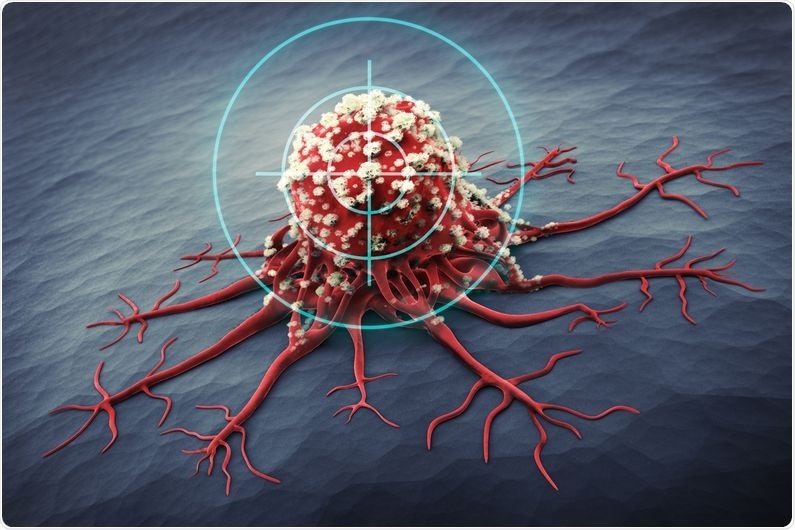Canadian researchers have made a major breakthrough in the analysis of telomerase, a crucial enzyme involved in cancer and aging.

Scientists from Université de Montréal used advanced microscopy techniques to see single molecules of telomerase in living cells. Image Credit: Getty
In the recent edition of the renowned Molecular Cell journal, researchers from Université de Montréal employed sophisticated microscopy techniques to view single molecules of telomerase present in living cells.
A defect in chromosomal replication means that they become shorter with each division of cells. If no action is taken to rectify this error, replication would halt and cells would enter into a state known as senescence—a sign of aging.
Telomerase usually adds more DNA to the chromosomal ends to avoid this issue; however; as humans mature, their bodies create fewer of them.
On the other hand, cancer cells become immortal by again switching on the telomerase, permitting cells to divide endlessly. This re-activation is among the initial steps that guide cells to become cancerous; however, the process is yet to be fully understood. If scientists knew more about it, they may provide hope for some kind of treatment to fight it.
Now, a research team from Université de Montréal, headed by Biochemistry Professor Pascal Chartrand, in association with cell biologist Agnel Steer at New York-based Skirball Institute, has successfully tagged telomerase with many ultra-bright fluorescent molecules—something that has never been done in the past.
With this technological breakthrough, we observed that telomerase continuously probes telomeres, but becomes engaged at the ends of chromosomes following a two-step binding mode.”
Hadrien Laprade, Biochemist, Université de Montréal
Laprade performed the experimental analyses with his collaborator Emmanuelle Querido.
The researchers also revealed in their study how mutation of a telomeric regulatory factor leads to unlimited access of telomerase to the tips of telomeres—a mechanism that supports tumorigenesis.
This new technology now provides sufficient details of how a key actor in cancer works at the molecular level, the first step in developing novels therapeutic strategies to thwart its activity.”
Pascal Chartrand, Biochemistry Professor, Université de Montréal
“It could take years before we get there, but this is an important first step,” Chartrand concluded.
Source:
Journal reference:
Laprade, H., et al. (2020) Single-Molecule Imaging of Telomerase RNA Reveals a Recruitment-Retention Model for Telomere Elongation. Molecular Cell. doi.org/10.1016/j.molcel.2020.05.005.